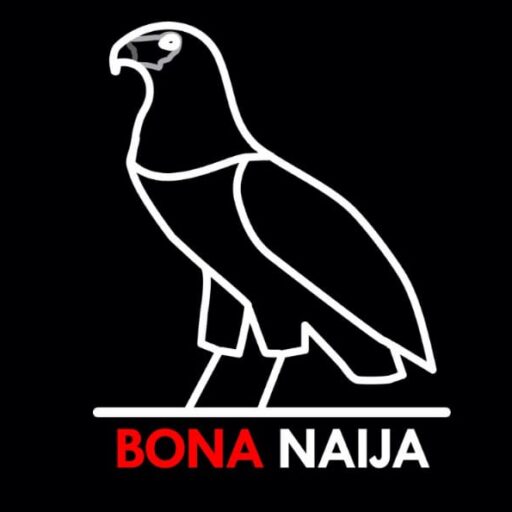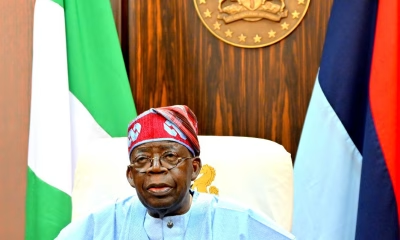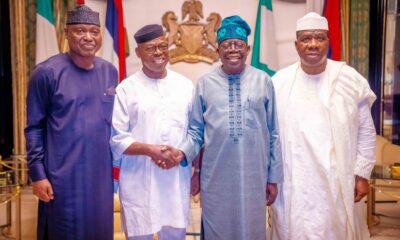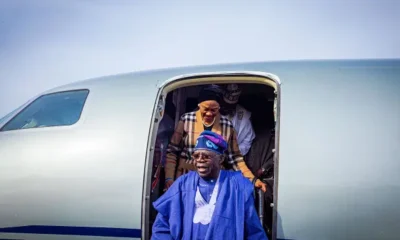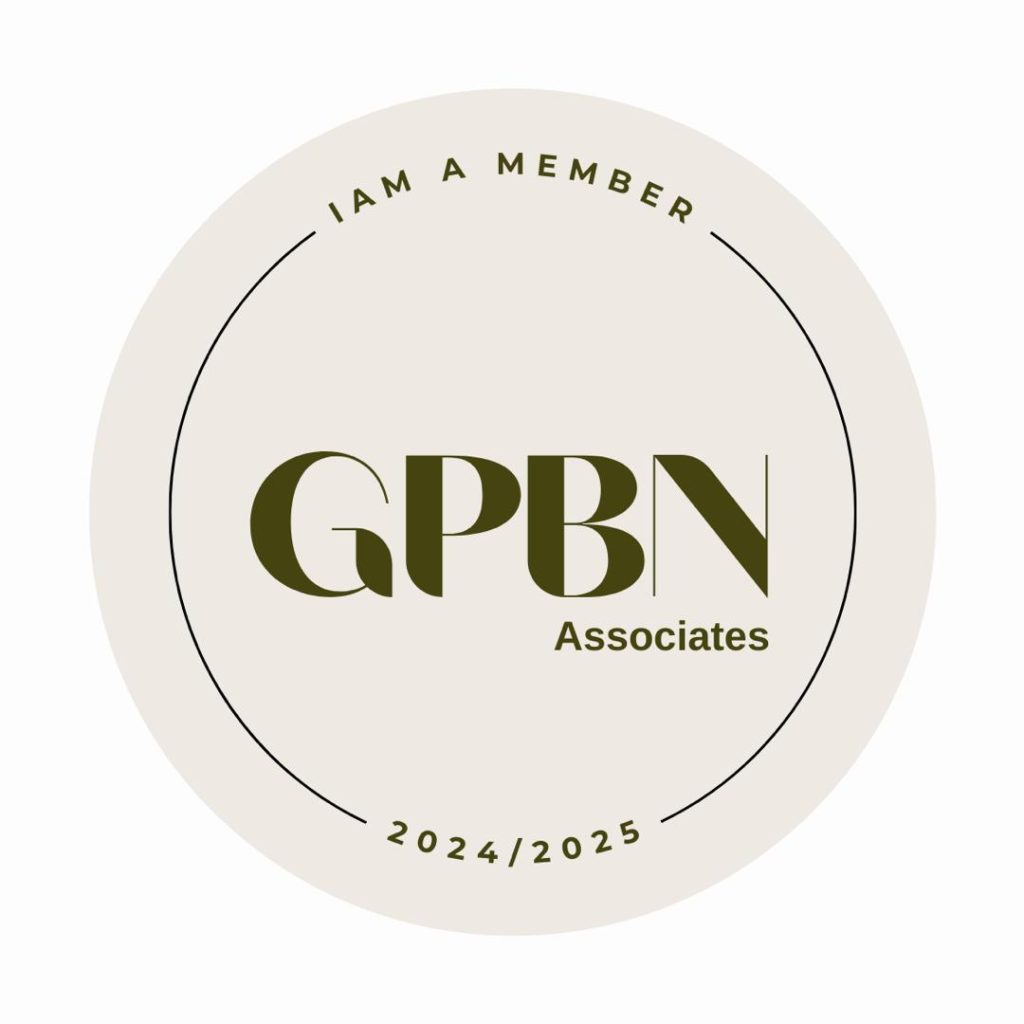

News
PRESIDENT BOLA TINUBU ARRIVES IN RIO DE JANEIRO
President Bola Tinubu has arrived in Rio de Janeiro, Brazil for the 2025 BRICS SUMMIT.
The presidential air plane, which departed Saint Lucia five hours earlier landed at the Rio International airport at about quarter to nine, Friday night.
The president was received on arrival by the Secretary for Africa & Middle East and Secretary for Innovation and Commerce.
In Rio De Janeiro, President Tinubu is one of the four African leaders attending the 17th BRICS summit.
Presidential spokesman, Bayo Onanuga, in a statement stated that president Tinubu is attending the summit at the invitation of President Luiz Inacio Lula da Silva of Brazil, on the strength of Nigeria’s status as a ‘partner country’- a membership category short of full status.
He explained that the Partner status is higher than that of a guest country, as has been the case in the past.
South Africa, Egypt and Ethiopia are African members of BRICS.
At this year’s summit, BRICS Leaders from countries identified as the world’s fast-growing economies converge on Rio de Janeiro, promising to strengthen trade and technology exchange within the bloc against the background of US President Donald Trump’s tariff threat.
News
FEC: Tinubu Vows to Strengthen Global Partnerships, Defeat Terrorism
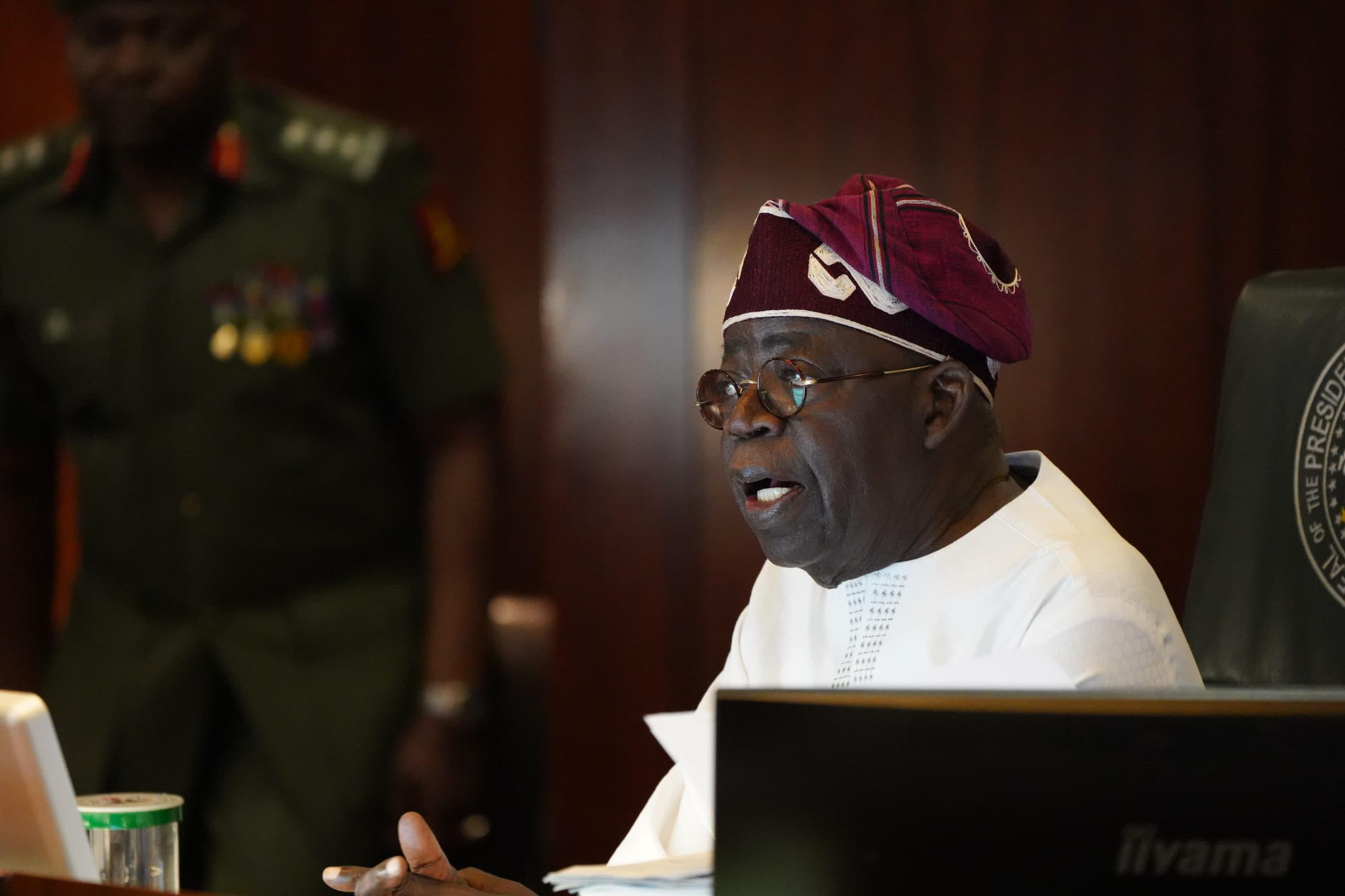
We’re Engaging the World Diplomatically, President Tinubu Tells Federal Executive Council
President Bola Ahmed Tinubu has reaffirmed that Nigeria remains on a steady path of growth, stability, and prosperity as his administration’s economic reforms continue to yield tangible results both domestically and internationally.
Speaking during Thursday’s Federal Executive Council (FEC) meeting at the State House, Abuja, the President said the Federal Government is deepening its diplomatic and economic engagements with global partners to sustain investor confidence and strengthen national security.
The meeting followed the swearing-in of two new ministers — Dr Bernard Mohammed Doro (Humanitarian Affairs and Poverty Reduction) and Dr Kingsley Tochukwu Udeh (SAN) (Innovation, Science and Technology).
President Tinubu noted that the successful $2.3 billion Eurobond issuance, which was oversubscribed by 400%, underscored global confidence in Nigeria’s economic direction.
“The most important thing is that despite the political headwinds and the fears of our people, we will continue to engage with partners,” the President said.
“The success of the Eurobond is most assuring. We are engaging the world diplomatically, and we assure all Nigerians that we will defeat terrorism and build a prosperous, inclusive, and resilient country.”
On security, Tinubu urged Nigerians not to succumb to despair, emphasizing his administration’s determination to end terrorism and insecurity nationwide.
“Do we have problems? Yes. Are we challenged by terrorism? Yes. But we will defeat terrorism. We will overcome the CPC designation. Nigeria is one happy family, and we shall spare no effort until we eliminate all criminals from our society,” he stated.
The President also directed ministers and top government officials to maintain consistent communication and avoid contradictory public statements that could undermine government messaging.
During the briefing, Minister of Finance and Coordinating Minister of the Economy, Wale Edun, presented an encouraging overview of the economy, noting that Nigeria recorded its highest GDP growth in a decade outside the COVID-19 rebound.
According to Edun, the nation’s GDP grew by 4.23% in Q2 2025, while inflation dropped to 18.02% in September 2025. He added that foreign reserves have risen above $43 billion, and the trade surplus now stands at ₦7.4 trillion.
He also announced that Nigeria’s removal from the Financial Action Task Force (FATF) Grey List marked a major milestone for financial integrity and investor confidence.
Edun reiterated that the administration’s goal of achieving a $1 trillion economy by 2030 was realistic, provided Nigeria sustains 7% annual growth and intensifies reforms to attract investment, create jobs, and reduce poverty.
“Despite the political headwinds, the market has focused on Nigeria’s economic fundamentals,” he said, citing the oversubscription of the Eurobond as proof of global trust in the nation’s economic reforms.
The finance minister urged inter-ministerial collaboration, particularly in infrastructure, education, health, agriculture, and innovation sectors, to consolidate reforms and sustain investor confidence.
Follow BONA NAIJA for more
World News
US Military Submits Contingency Plan for Action in Nigeria
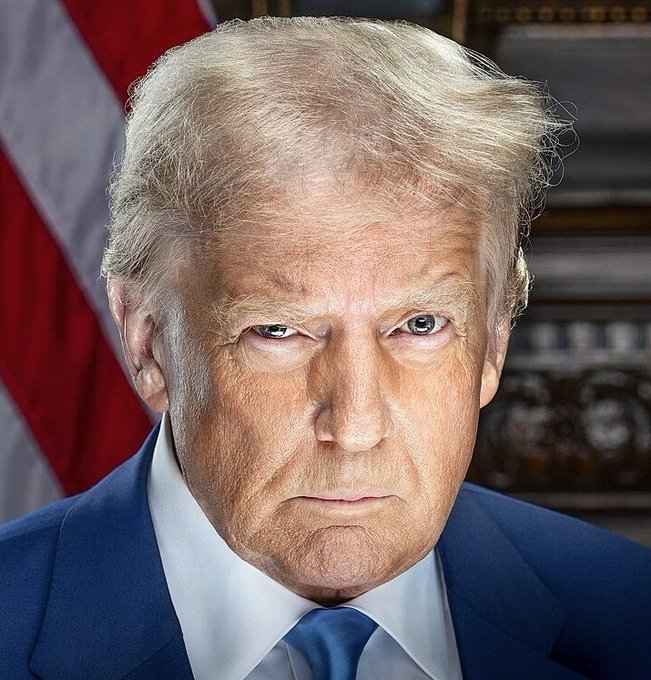
The United States military has reportedly submitted contingency plans for potential military action in Nigeria, according to a report by The New York Times.
The development follows President Donald Trump’s directive to the U.S. Department of War to prepare options for possible intervention over allegations of widespread persecution of Christians in Nigeria.
According to the report, the U.S. Africa Command (AFRICOM) has drawn up and forwarded a set of contingency options to the Department of War at the request of Secretary Pete Hegseth.
The plans reportedly outline three levels of military response “heavy,” “medium,” and “light” each designed to allow for controlled escalation depending on the situation.
Officials cited in the report said the “heavy option” represents the most forceful response, involving the deployment of an aircraft carrier group to the Gulf of Guinea and potential airstrikes using fighter jets or long-range bombers on targets inside northern Nigeria.
The “medium option” focuses on the use of drone strikes against militant camps, convoys, and vehicles, while the “light option” would center on intelligence operations and limited advisory support.
Retired U.S. Army Major General Paul D. Eaton, a veteran of the Iraq War, warned that such an operation would be “a fiasco,” noting that the American public has little appetite for another large-scale military campaign reminiscent of Iraq or Afghanistan.
The report added that Trump has shown particular interest in airstrike-based strategies, though officials cautioned that such an approach would likely deliver “shock and awe” without resolving underlying conflicts.
President Trump recently designated Nigeria as a “Country of Particular Concern”, citing what he described as ongoing violence against Christians and the alleged failure of the Nigerian government to protect religious minorities.
The Nigerian government, however, has strongly denied allegations of religious persecution, insisting that the country remains committed to protecting all faith communities.
READ MORE HERE
Follow BONA NAIJA for more
Politics
Five Things to Know About New York’s New Mayor, Zohran Mamdani
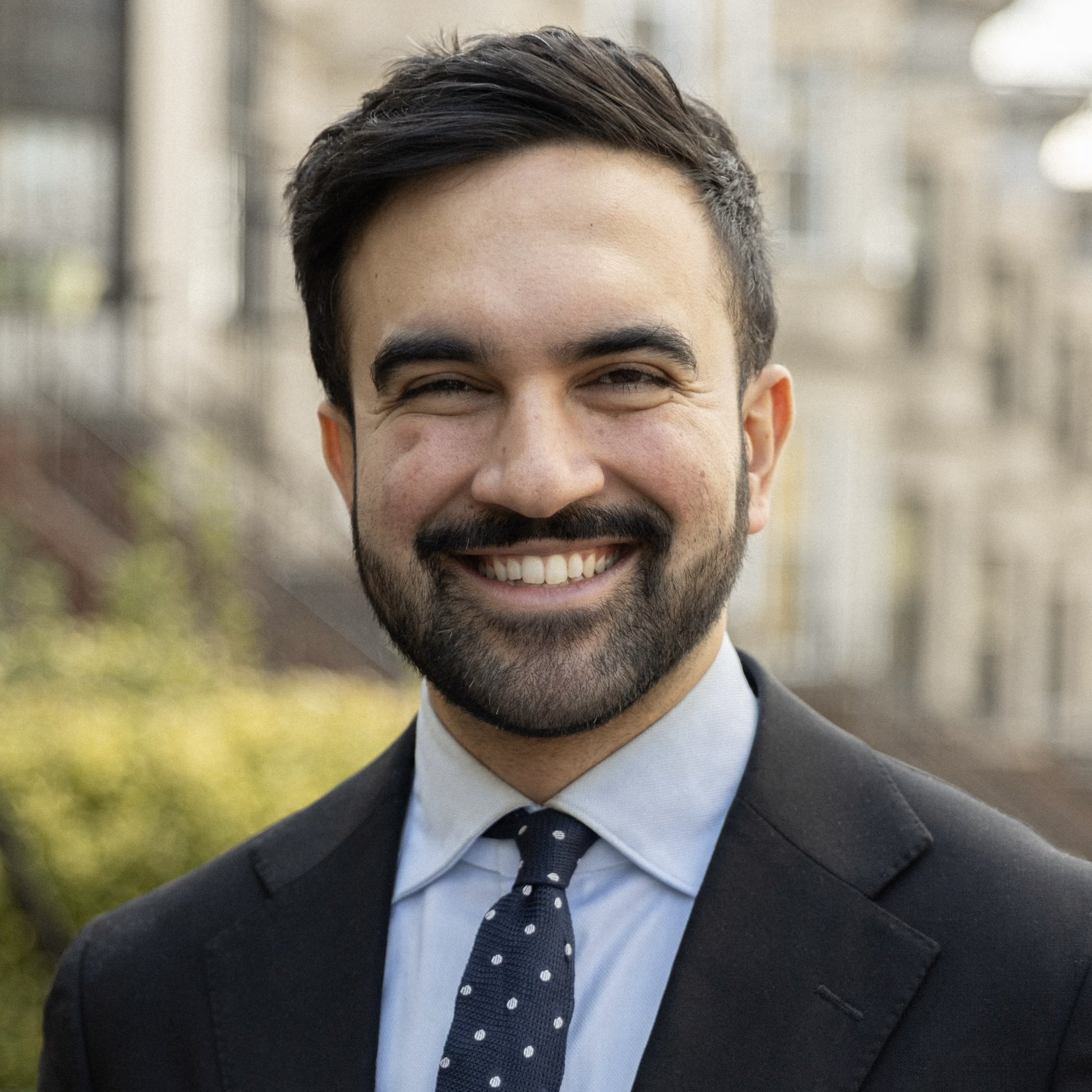
Democratic socialist Zohran Mamdani has made history as the newly elected Mayor of New York City, winning by a landslide and setting the stage for a political showdown with U.S. President Donald Trump, who has repeatedly attacked him as a “little Communist.”
Mamdani, 34, will take office on January 1, becoming one of the most left-leaning figures ever to lead America’s largest city. Here are five things to know about his victory and what lies ahead for his administration.
1. Landslide Victory
Mamdani secured over one million votes, winning 50 percent of ballots cast compared to his closest rival, former New York Governor Andrew Cuomo, who earned just under 42 percent. The election saw the highest voter turnout since 1969.
His campaign’s vast grassroots network of 100,000 volunteers reached every borough and community, running on a message of economic equality, affordable housing, and public welfare.
“We have toppled a political dynasty,” Mamdani said, referencing the end of the Cuomo family’s decades-long influence in New York politics.
2. Trump on the Horizon
Mamdani’s outspoken criticism of President Trump’s policies has already drawn sharp rebukes from the White House. The president has threatened to cut off federal funding to New York and labeled Mamdani “a little Communist.”
Mamdani previously urged Americans to “reject Trump’s fascism”, signaling that his tenure could bring renewed political tension between City Hall and Washington.
3. Time to Prepare
With less than two months before taking office, Mamdani must assemble a capable team to deliver on his ambitious progressive agenda including city-run supermarkets, free daycare, and fare-free bus routes.
He has already appointed five women to co-chair his transition team, including Maria Torres-Springer, who resigned as deputy mayor under outgoing Mayor Eric Adams due to his engagement with Trump.
Political analysts say he will need a savvy cabinet capable of navigating both City Hall and Albany, especially as the city faces threats of federal funding cuts and a possible loss of food assistance for 1.8 million residents amid a government shutdown.
“His vision for New York is not crazy,” said Lincoln Mitchell, a Columbia University politics professor. “It’s filling in the gaps in our tattered social safety net.”
4. Jewish Outreach
New York, home to the largest Jewish community outside Israel, has seen a surge in antisemitic incidents, with 57 percent of hate crimes in the city targeting Jewish people, according to outgoing Mayor Adams.
Mamdani faced criticism from pro-Israel groups over his support for Palestinian rights and his condemnation of Israel’s actions in Gaza, which he described as “a genocide.” The Anti-Defamation League (ADL) has announced plans to monitor his policies closely.
In his victory speech, Mamdani pledged to stand “steadfast alongside Jewish New Yorkers” and confront antisemitism head-on, while insisting the ADL’s scrutiny must be “honest and fair.”
5. End of an Era
Mamdani’s triumph marks the end of an era in New York politics, sidelining both Andrew Cuomo and Eric Adams, and signaling a leftward shift for the Democratic Party.
Backed by Senator Bernie Sanders and Representative Alexandria Ocasio-Cortez, Mamdani’s insurgent campaign energized young voters and working-class communities, promising a fresh, inclusive approach to governance.
“This is not just a political win,” he said. “It’s a mandate for a fairer, freer New York.”
Follow BONA NAIJA for more
News
Court Stops Police From Declaring Sowore Wanted
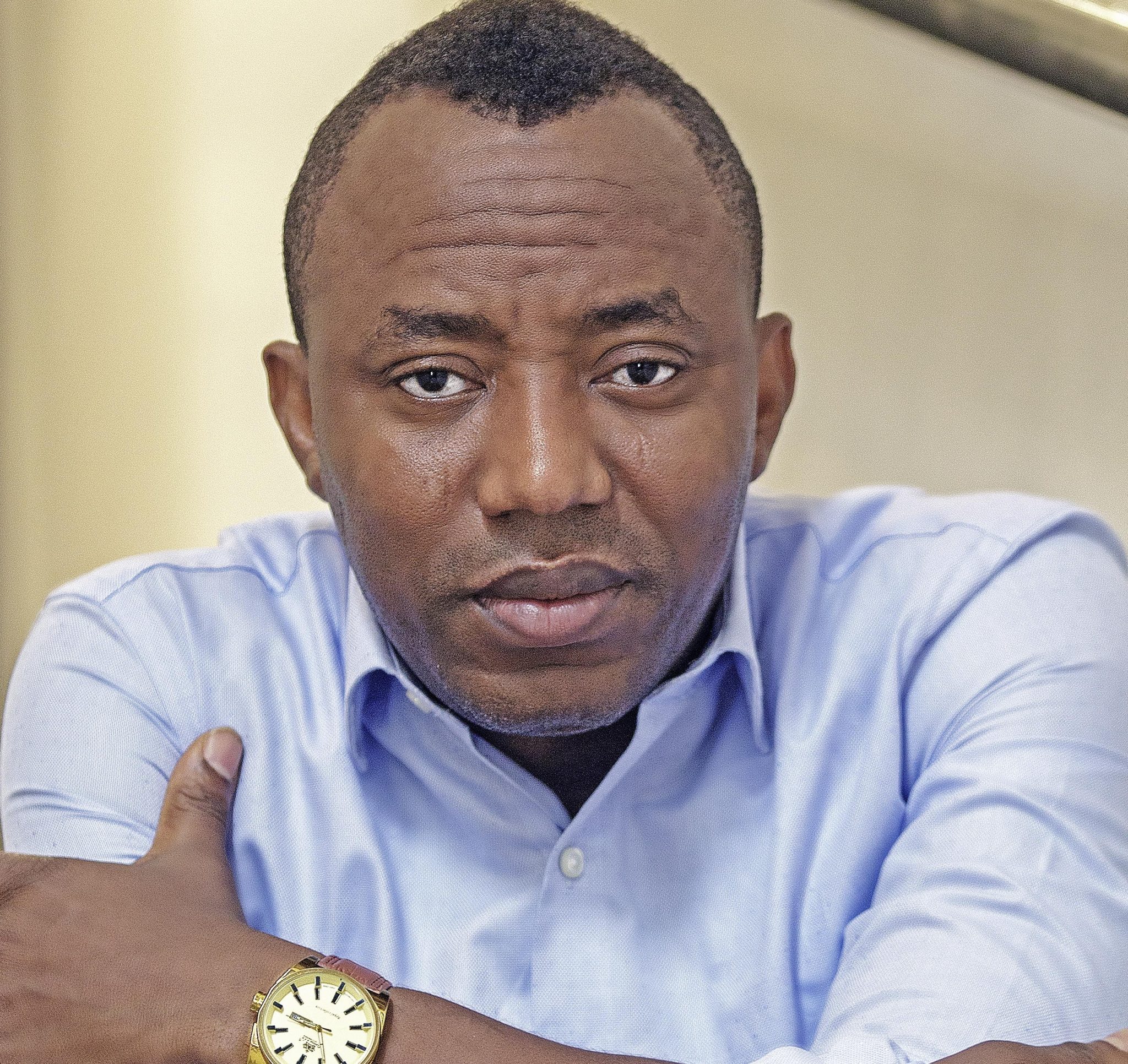
The Federal High Court in Lagos has issued an order restraining the Lagos State Commissioner of Police and other security agencies from arresting, intimidating, or declaring human rights activist Omoyele Sowore wanted.
Justice Musa Kakaki granted the interim injunction following an application filed by Sowore, who approached the court after reports surfaced that the Lagos State Police Command had allegedly declared him wanted over unspecified allegations.
In the ruling, the court barred the respondents—particularly the Commissioner of Police—from “harassing, intimidating, threatening with arrest, or declaring the applicant wanted pending the determination of the substantive suit.”
Reacting to the judgment, Sowore who was the 2023 presidential candidate of the African Action Congress (AAC) hailed the ruling as a reaffirmation of faith in the Nigerian judiciary, despite public skepticism about the justice system.
“Many people say they don’t trust the judiciary, but trust in the judiciary depends on citizens showing up to demand justice,” Sowore said. “I thank the court for having the courage to take up this matter late in the day and for granting this important order.”
The activist alleged that the move to declare him wanted was politically motivated, describing it as a “drunken declaration” lacking legal basis or due process.
“Under the law, the police cannot just wake up and label someone wanted without any investigation or invitation,” he said. “It shows how far institutions have strayed from legality.”
Flanked by his legal team and supporters, Sowore emphasized that the ruling was a reminder that the rule of law remains vital in Nigeria despite growing cases of political intimidation.
“This struggle is not about me—it’s about justice and freedom for all Nigerians. Authorities must understand that dissent cannot be silenced through intimidation,” he added.
Sowore, who has faced multiple arrests and prosecutions in recent years, said the latest development fits a pattern of harassment against voices of dissent, but vowed to continue his activism peacefully and within the law.
“When the state acts outside the law, it breeds fear and injustice. We must resist that peacefully. Nigeria can only progress when law enforcement operates within constitutional limits,” he said.
He also praised his legal team for their “dogged commitment to justice” and commended Justice Kakaki for hearing the case “even as the last matter of the day.”
The court’s order specifically restrains the police from enforcing or giving effect to any declaration made by the Lagos State Commissioner of Police on November 3, 2025, which purported to label Sowore as a wanted person.
The injunction will remain in force pending the determination of the substantive suit challenging the legality of the police declaration.
As of press time, the Lagos State Police Command had not issued an official response to the court order.
Follow BONA NAIJA for more
News
Osimhen’s Hat-Trick Powers Galatasaray to 3-0 Champions League Win Over Ajax

Victor Osimhen delivered a masterclass performance on Wednesday night, scoring a second-half hat-trick to hand Galatasaray a commanding 3-0 victory over Ajax in their UEFA Champions League Group H clash at the Johan Cruyff Arena.
The Nigerian striker opened the scoring in the 21st minute, capitalizing on a defensive lapse before confidently converting two penalties in the 52nd and 67th minutes to complete his first-ever Champions League hat-trick.
Osimhen’s heroics lifted him to the top of the 2025/26 Champions League scoring chart with six goals in three matches, underscoring his status as one of Europe’s most clinical forwards.
The victory pushes Galatasaray into second place in Group H, strengthening their hopes of advancing to the knockout stage, while Ajax remain winless in the group after four games.
Follow BONA NAIJA for more
-

 Business3 weeks ago
Business3 weeks agoUnity Bank Corpreneurship Challenge Empowers 578 Young Entrepreneurs, Awards ₦16 Million to 30 New Winners
-
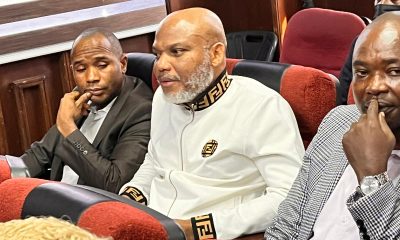
 Abuja2 weeks ago
Abuja2 weeks agoIPOB Leader Nnamdi Kanu Declines to Enter Defence, Insists “No Case” Against Him
-

 News3 weeks ago
News3 weeks ago16 Nigerian Military Officers Arrested Over Alleged Coup Plot to Oust President Tinubu
-

 Music News2 weeks ago
Music News2 weeks agoFlavour Unveils ‘Afroculture’ Single Featuring Baaba Maal, Directed by TG Omori
-
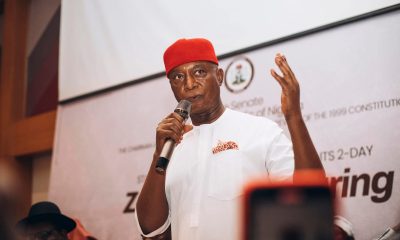
 Lifestyle2 weeks ago
Lifestyle2 weeks agoNed Nwoko Drops Bombshell, Says ‘Men Marrying Multiple Wives Are Helping Women’
-

 World News2 weeks ago
World News2 weeks agoTwo Killed, Two Injured as Plane Bursts Into Flames After Takeoff Crash in Venezuela
-

 Travel2 weeks ago
Travel2 weeks agoFRSC Flags Off 2025 Ember Months Campaign, Unveils Contactless Biometric Driver’s Licence System
-

 News3 weeks ago
News3 weeks agoNed Nwoko Gives Reason for Clash with Regina Daniels
-

 Music3 weeks ago
Music3 weeks agoAyra Starr & Rema’s “Who’s Dat Girl” Debuts at #1 on Spotify Nigeria
-

 Entertainment3 weeks ago
Entertainment3 weeks agoRema and Ayra Starr Dance to Wizkid Tracks at Lagos Club After ‘Who’s Dat Girl’ Release


